With Halloween just around the corner, this is the time of year when many people begin to reflect on the scarier things in life. Children and adults alike love to make their worst fears and nightmares come alive by dressing up as monsters, ghosts, vampires, and other spooky creatures for one exciting night.
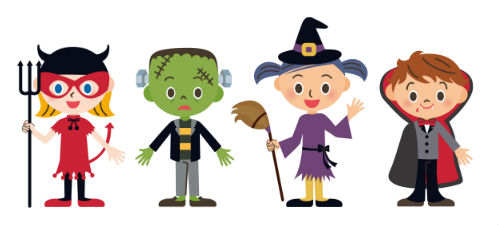
“Shipping transport” isn’t usually the first phrase that comes to mind when Halloween lovers consider what costumes to buy or how to decorate their houses. When you think about it, have you ever seen someone dressed up as the Bermuda Triangle? We’re going to go ahead and guess, “No.” But to do our part to maintain the holiday spirit, we’ll bring the spookiness to you. From environmental disasters to dilapidated ships to dangerous waters, here is our shipping “Beware of…” list for this Halloween.
Treacherous Trade Routes
1) The North Sea
Located between the British Isles and the Scandinavian countries, the North Sea has long been thought of as one of the world’s more dangerous trade routes. It is also one of the “most intensively sailed areas in the world,” according to the International Business Times, and is home to more than 120,000 ship movements every single year. Because of all the traffic in the region the risk of accidents and environmental disasters is high, and is expected to rise as the global fleet continues to expand. Plus, the seriously cold weather is seriously scary!
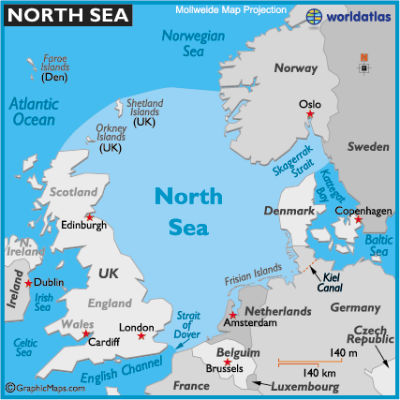
2) The South China Sea and East Indies
This area between China and Australia, sometimes called the “Coral Triangle,” currently holds the title of the world’s most dangerous trade route. As a top accident area, there have been nearly 300 shipping accidents there in the past 15 years alone – that’s 20 accidents a year, or approximately one accident every three weeks! Environmentalists are especially nervous about the threat these accidents pose to the wildlife of the region, where over 75% of the world’s coral lives.
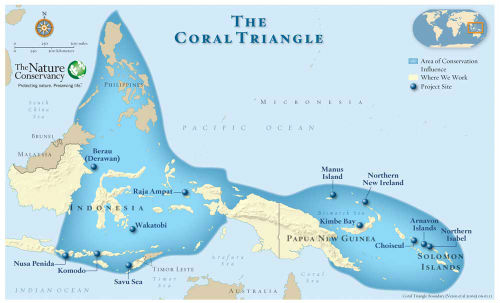
3) Japan, Korea, and the Mediterranean
Other accident-prone “hot spots,” as the World Wildlife Fund has dubbed them, include the Japan and Korean Seas, as well as the East Mediterranean and Black Seas. These are all high-traffic areas that attract cargo ships both delivering and removing goods from Eastern Asian countries, as well as the many nations all along the rim of the Mediterranean.
Risk Factors
For ship captains and logistics managers, their dreams aren’t haunted by goblins and ghouls, but dangers of a different variety. One of the biggest threats to ocean shipping is the existence of “hot spots,” as we have already discussed, but shippers also need to be on the lookout for vessels over 10 years old. These vessels might be badly maintained or simply operate less efficiently due to their age; either way, they drastically increase the potential for negatively impacts on the marine environment, damage to goods, or even loss of human life. Many of the ships in this category are general cargo vessels, and are responsible for 42% of all vessel types lost at sea.
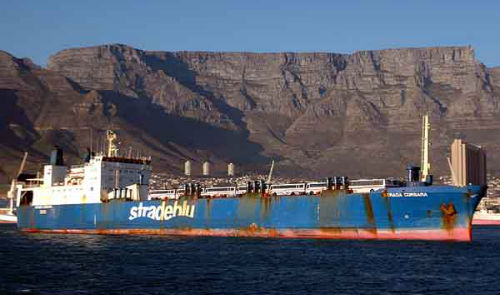
Coming up in second behind general cargo vessels are fishing vessels. These ships are responsible for nearly a quarter of all accidents in the global fleet. It really makes you reconsider how scary you think fish are!
Poorly performing flag states are another big threat to ship safety, and might as well be on the album cover of the next version of “Monster Mash.” A flag state is simply the country where the ship is registered, and also the country that has the authority and responsibility to enforce regulations on the vessel. Data from the WWF suggests that there are still a number of states that don’t do a very good job of enforcing international regulations or keeping ships up to code. In many cases, these nations are trying to avoid conforming to the latest IMO conventions, but in doing so they drastically increase the risk of shipping accidents worldwide.
Some Frightening Vocabulary
When it comes to ship terminology, there are two words that we in the logistics industry never want to hear: foundering and grounding.
1) Foundering
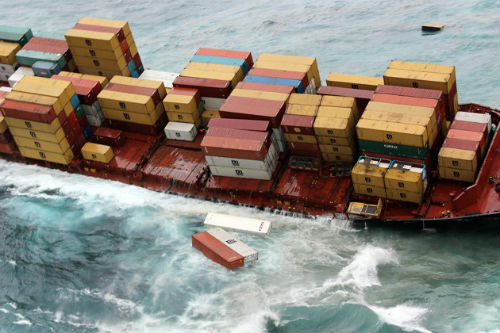
Sinking due to rough weather, leaks, or breaking in two, but not collisions. Foundering causes an incredible 50% of all annual ship losses, and is devastating to shippers because in many cases, all the cargo is lost.
2) Grounding
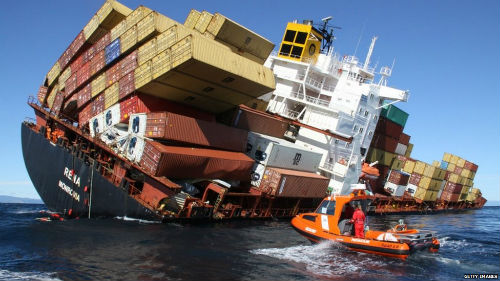
Wrecks and damage caused by a vessel striking the sea bottom, shore, or other underwater wrecks. Grounding is actually the second most common form of ship loss, and also comes with the added consequence of potentially damaging the marine environment – especially in areas like the South China Sea, where coral reefs thrive.
What’s a Poor Shipper to Do?
Now that we’ve sufficiently scared you, there is some good news! Some of it, unfortunately, is out of our hands. For example, the WWF recommends that the shipping industry needs to enact stronger regulations and put more pressure on poorly performing flag states. While LILLY + Associates may not have regulation power, we can protect our individual customers. This is why it is so important to have cargo insurance! By financially securing your shipments against damage, loss, and other accidents, we can help put your shipping nightmares to bed.
We’ll also point out that the WWF has criticized some businesses’ attempts to benefit economically by reducing the size of their shipping crews, employing fewer officers, rushing through the ports, or skimping on safety precautions. LILLY is one company that, while we understand the importance of expedited shipping and affordable rates, won’t cut corners. We are of the opinion that you should spend your Halloween thinking about the fun spooky stuff, like zombies and werewolves, not the very real threats that could tank your business!
Have an exciting – and safe – Halloween!


